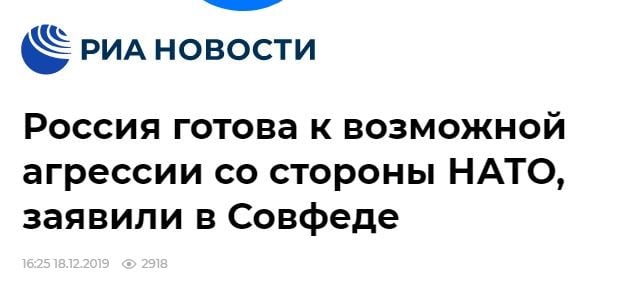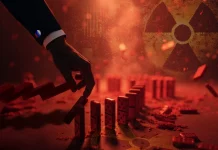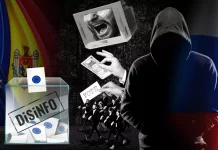By Ernestas Taranas, for Vilnius Institute for Policy Analysis
Recently NATO has experienced a series of hits to its structural integrity and has proved to the world that while diverse military alliances are difficult to manage, it is still possible to do so through diplomacy, bargaining and extensive negotiations. However, even occasional quakes in the structure of NATO should not be undermined. Countries, such as Russia or China may exploit NATO’s temporary wakened state in order to advance their political agendas in more vulnerable regions, such as the Baltics and Eastern Europe. Therefore, it is crucial to avoid any type of confrontation between NATO member-states since even marginal internal disagreements may result in an existential crisis.
Three most difficult members – U.S., France and Turkey – are, in fact, the ones to blame for recent altercations within NATO. Turkey is often deemed to be “an adversary” within the Alliance and the most difficult to develop a trust-based relationship with. Its recent decision to acquire Russian S-400 defence missile system had raised many questions over country’s loyalty to NATO. In response, the U.S. had implemented harsh punitive measures over Erdogan’s choice to obtain Russian-made defence systems, originally meant to be used during an unlikely confrontation with NATO. According to recent news reports France is giving NATO a hard time as well. Especially, over its inability to cooperate and coordinate amongst its members. As if that was not enough, French President Emmanuel Macron recently shocked NATO to its core by calling the Alliance “brain-dead”, leaving the biggest beneficiary – the U.S. – hurt and undermined.
SUMMARY AND KEY POINTS
This leads towards the main issue – NATO’s susceptibility to Russian propaganda during events of internal crisis. The media monitoring analysis has shown that recent clashes between the U.S., France and Turkey have given Russian media a new pretence to once again engage in dissemination of a narrative that NATO is “divided and obsolete”, while at the same time reinforcing Putin’s claims that NATO possesses an actual threat to the Russian people.
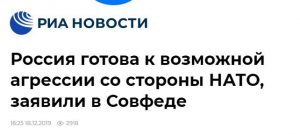
Such narrative is especially dangerous to countries on the front line of the Alliance’s Eastern flank. For instance, Lithuania experiences anti-NATO disinformation attacks on a reoccurring basis.
This is actively being done by either rallying nationalism against NATO through Russian-Lithuanian language media or spreading false information about the Alliance’s aspirations in the region. Measures as such are meant to consolidate control in the post-Soviet region and eventually erode lasting trust in the North Atlantic Treaty Organisation.

In fact, localisation of news is extremely important to the Russian government, especially when the goal is to reach local ideologically-opposed individuals. It is no secret that Russia aims to develop its own global media system for the promotion of its worldview. Therefore, with the help of the media the Kremlin aims to position Russian state as a waymark and to promote its own perspective on NATO’s role in the world and hence increase the effectiveness of NATO-opposed hidden narratives. In order to continue the demonization campaign of NATO in the “near-abroad” region – which includes all former Soviet nations – the Russian state has to direct its propaganda to specific audiences. In this case, by using “Sputnik”, “RIA Novosti” and other wire-services, the Kremlin has been specifically targeting vulnerable Lithuanian audiences, spreading false narratives in Lithuanian language.
CHART OVERVIEW AND MAIN EVENTS

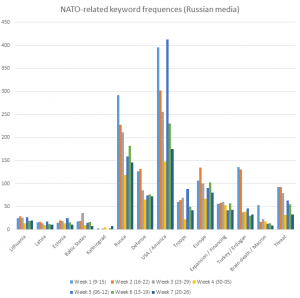
The monitoring session was conducted over the period of 7 weeks – from December 9th, 2019 to January 26th, 2020. Above-indicated line charts show a noticeable increase in NATO-related articles during two distinct time periods: December 9-15, 2019 and January 06-12, 2020.
This could be explained by the fact that either several days prior or during those exact time intervals several major political events have taken place: Emanuel Macron’s remarks regarding NATO’s “brain-death”; Donald Trump’s remarks on Europe’s protection against Russia during his rally in Milwaukee; The killing of the Iranian general Qassem Soleimani by the U.S. military forces; Trump’s call for NATO expansion into Middle East; Approval of sanctions against Turkey by the U.S. Senate in response to the use of Russian S-400 missile defense systems.
Volume of pre-defined keywords in Russian internet outlets (Dec 9th, 2019 – Jan 26th)

Volume of pre-defined keywords in Lithuanian internet outlets (Dec 9th, 2019 – Jan 26th)
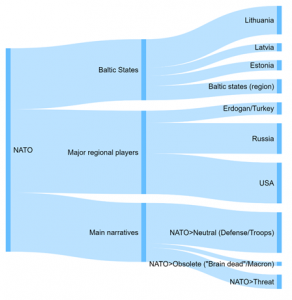
The above-indicated Sankey graphs represent how the volume of data is distributed by topic (includes all observation periods). The size of the “major regional players” arrow is a clear indication that both Lithuanian- and Russian- (higher volume of articles) language media outlets primarily focused on three countries – Turkey, Russia and the U.S. The diagram also shows that out of three Baltic states Lithuania remains the most mentioned country. Additionally, three main narratives can be identified. First – NATO>Neutral (most articles are related to NATO’s troops and/or defence systems, tone of the articles is neither positive nor negative), Second – NATO>Obsolete (includes articles related to Macron’s remarks about Alliance’s “brain-death” and its “purposeless” ventures in the field of Europe’s defence), Third – NATO>Threat (includes articles defining the Alliance as a threat to Russia’s existence).
KEY TAKEAWAYS
One thing remains clear – Russian media outlets are continuing their disinformation campaign against NATO and the West. It is important to note that NATO-related disinformation is just as active internally as it is active externally (in countries situated inside the so-called “Russian periphery”). For instance, if we were to compare Russian- and Lithuanian- speaking audiences, the latter are just as prone to disinformation about NATO. Mainly, due to the fact that Lithuanian language is being used to disseminate false information with an intent to reach and condition those, who are completely unfamiliar with the Russian language. Additionally, the media analysis has shown that when it comes to NATO’s image in the Russian-controlled or Russian-supported press, NATO is portrayed as an unpredictable and structurally unstable aggressor, who’s main enemy is the Russian state.
THIS PIECE HAS BEEN WRITTEN IN COOPERATION WITH THE INTERNATIONAL REPUBLICAN INSTITUTE AS PART OF THE BEACON PROJECT.
Ernestas Taranas is European security program analyst


